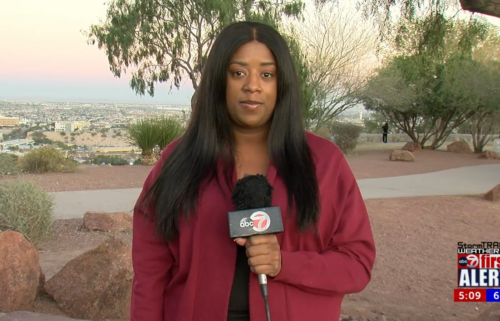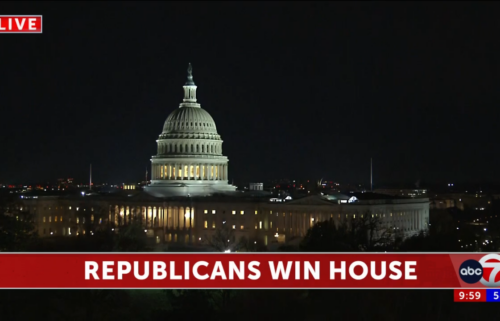The Iowa caucuses look like a hot mess

First things first: The theme song of the week is Murder, She Wrote.
Poll of the week: A new Monmouth University poll of likely Iowa caucusgoers voters finds a close race with former Vice President Joe Biden at 24%, Vermont Sen. Bernie Sanders at 18%, former South Bend, Indiana Mayor Pete Buttigieg at 17% and Massachusetts Sen. Elizabeth Warren at 15%.
This is the third Iowa poll meeting CNN standards published this month that has four candidates between 15% and 25% in Iowa.
What’s the point: The Iowa caucuses are now a little more than two weeks away, and the electoral picture is as messy as ever. They are set to be the most unpredictable caucuses in more than a decade, and we could have multiple candidates claiming victory.
If you look back over time, it’s difficult to find an Iowa contest in which four candidates have a real shot of winning this late in the season. The 2004 Democratic caucuses had four candidates nearly knotted up in the final week with two of the candidates falling (Howard Dean and Dick Gephardt) and two rising (John Edwards and John Kerry). The only other caucuses even close to that since 1980 were the 1988 Democratic caucuses. That year featured the re-entry of Gary Hart, who ended up flaming out.
In neither of those years did four candidates end up finishing at 15% or above. In fact, no Iowa caucuses have had four candidates finish at 15% or above. More amazingly, since the 15% threshold was instituted nationwide in 1992 to accumulate delegates in Democratic caucuses and primaries, there hasn’t been a single contest in any state in which four candidates got to 15%. If everyone finishes where they are polling right now, it will be unprecedented.
Now, it is quite conceivable that not all four candidates polling at or above 15% in Iowa will end up finishing there. Iowa races can shift rapidly in the final weeks.
Take a look back in history since 2000. Accounting for undecideds, the median difference between where the Iowa winner was polling at this point and their final vote share was 6 points. Some years it’s been significantly larger. One of those was in 2004, when Kerry outperformed his polling at this point by about 20 points on caucus night.
Such a shift in the electoral winds this year could make any one of the top four candidates a winner. Heck, it could even make Minnesota Sen. Amy Klobuchar (who is polling just above 5%) a winner.
In other words, the situation isn’t just messy — it is unpredictable.
Part of the reason why Kerry and Edwards did so well on caucus night in 2004 was because they won a lot of votes from caucusgoers who originally supported candidates who fell below the 15% threshold. In Iowa, supporters of candidates below 15% in an individual caucus can have their votes reallocated to candidates who can make it to at least 15%. Those who back candidates making it to at least 15% can’t realign themselves, which, in itself, is a new rule.
There’s also another added twist: Caucusgoers first choice will also be reported. In cycles in which one candidate is blowing out the others, that wouldn’t be a big deal. The winners and the finishing order of the top candidates wouldn’t change very much. An election as close as this one could, however, show something very different before and after folks reallocate themselves.
The mess may, therefore, not even end after all the votes are counted.
An outcome in which multiple candidates could claim victory would only help to exacerbate a New Hampshire primary electorate that is as divided as Iowa’s.
That’s right: the second contest in 2020 features four candidates currently hovering between 15% and 25% too. Things could stay messy for a while.




